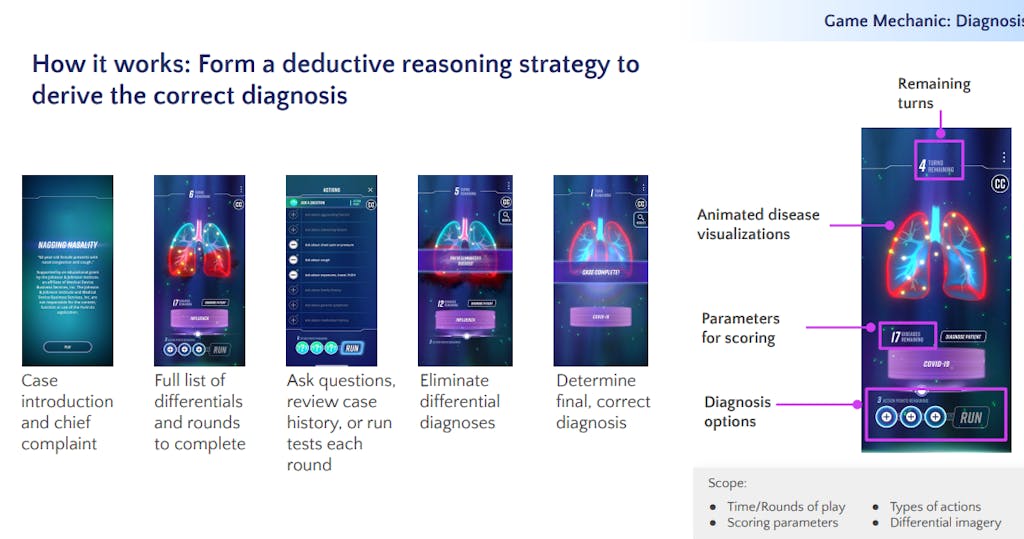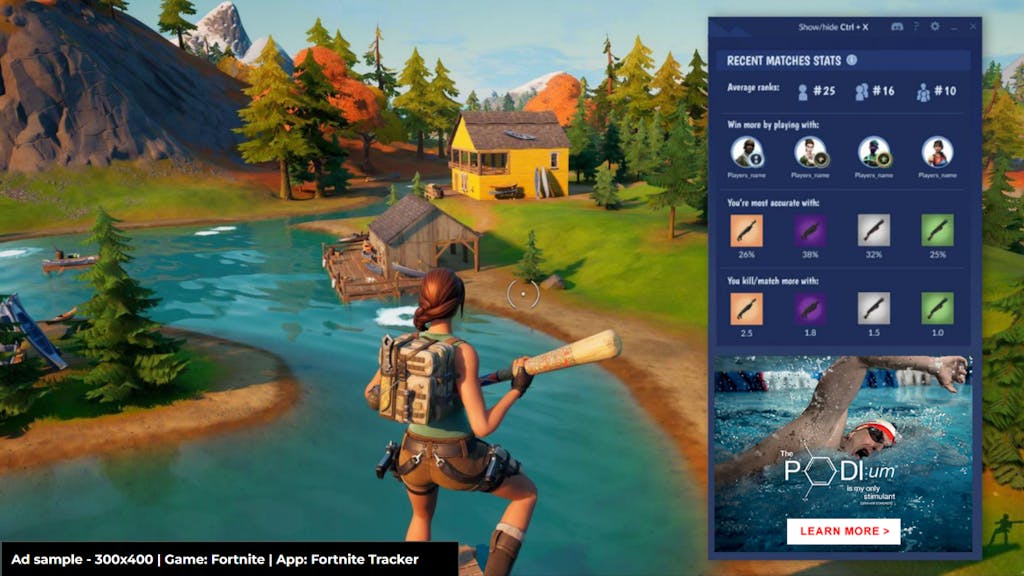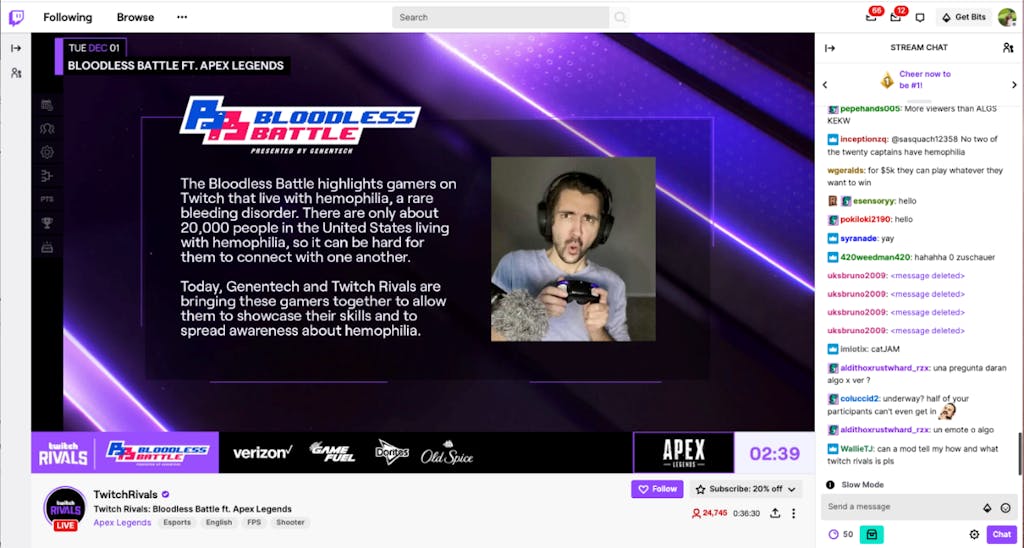Want to Play Games With Your Target Audience? Here’s How to Win.
September 8, 2023

With over 3 billion players in the world, virtual gaming continually leads the entertainment industry in global sales with $182.9 billion in 2022 revenue. In just the last seven years there has been a 32% increase (+1 billion people) in gaming adoption with the expected number to rise to 3.32 billion by 2024. The audience demographic of this mainstream form of entertainment is wide-ranging. The average global age of a video game player is 35 years old, with 38% of the US population falling within the 18 to 34 age demographic. The “hyper-casual” gamer (think Candy Crush) is the fastest-growing category and is made up of an older demographic of 55+ (IAB PlayFronts 2022). Of the 227 million US gamers, 45% are female, and 74% of parents play video games with their children for both educational and enjoyment purposes.
So, what draws two-thirds of the US population to play video games for 7.5 hours each week? One of the most popular reasons is the satisfaction of solving problems with logic. This theme of educational gaming is starting to make waves within the health industry, specifically with how healthcare professionals (HCPs) prefer to learn and how effective this approach can be. In a recent CE Outcomes study, 75% of HCPs prefer learning through play vs. traditional continuing medical education (CME). Additionally, a BMJ study found that an educational video game can be more effective in improving physicians’ trauma triage decision-making skills than the traditional didactic approach.
The continuous growth of the gaming industry presents a unique opportunity for Pharma brands to effectively reach and influence both HCP and patient communities. Whether a brand is trying to change behavior through HCP gaming or spread high-volume awareness to the virtual patient population, the audience is out there and is ready to engage. As 2024 media planning kicks off, below are three different approaches to get a head start and become a key player in the gaming space.
1. Develop a custom medical game and reach up to 1,000,000 HCPs
In 2015, the world’s leading medical video game studio launched a solution for brands to reach HCPs through endemic and unique custom content. From creating games to help HCPs better understand the mechanism of disease (MOD) at the molecular, cellular, and physiological level to games that allow HCPs to engage with virtual patients to convey the urgency of vaccines, each game is created for specific brand initiatives. This concept of medical gaming leverages the “Neuroscience of Play” to drive behavior change among HCPs by tapping into the emotional response of mastering a new skill. With over 1,000,000 HCPs competing in custom medical games, educational play has showcased meaningful results with 9 out of 10 HCPs showing improved performance and a 34% increase in Rxs. One advantage of these HCP games is the fact that they can be played anywhere there is an internet connection: on a website, in an app, or even in a booth at a healthcare conference. This custom experience is unmatched with guaranteed HCP engagements and the option to include logos, banners, study results, ISIs, and click-out links within designated games.

2. Build in-play ads for 38 million gamers
With access to more than 1,500 AAA games (high-budget games distributed by known publishers), another unique way for brands to interact with both HCP and patient communities is to run in-play ads (display or video) on leading PC platforms. This form of advertising is brand safe with key targeting capabilities to deliver 99% viewability and 90% campaign completion rates. With over 650 million monthly gaming sessions and 38 million monthly users on popular PC platforms, this is a high-volume play for brands to drive deep awareness among a highly engaged audience. To find HCP gamers, certain platforms offer the ability to identify which games HCP players over-index on and can target advertisements in these specific games. Additionally, leading PC software platforms are making strides in forming integrations with ID5 and LiveRamp to provide brands with deeper audience targeting capabilities that reach specific HCP/patient communities. Overall, in-play PC ads are a great way for brands to enter the gaming space with unique brand-safe awareness opportunities to reach both HCP and patient communities.

3. Sponsor virtual events with +140 million streamers
Streaming platforms have also made their mark in the gaming space for not only video games but also for various music, creative art, and virtual talk show events. With over +140 million monthly users tuning into leading streaming platforms, this form of virtual engagement allows users to broadcast their live gameplay and interact with viewers in real-time. On top of individual broadcasts, group live streams create a community-centric dynamic through e-sport tournaments, gaming, and charity events. There are various creative ways for brands to find desired target audiences among streaming platform tactics. From sponsoring e-sport and charity events with mass-audience attendance to teaming up with influencer streamers who focus on health and wellness content, each streaming opportunity can be designed to reach brand-specific goals.
In 2020, one of CMI Media Group’s brand partners ran a virtual streaming tournament, The Bloodless Battle, to spread awareness around hemophilia. During The Bloodless Battle, gamers who live with hemophilia were featured while participating in a Rivals Apex Legends tournament. The Bloodless Battle was a top-performing stream in 2020 with over 10 million minutes (about 19 years) watched. This type of virtual event is a powerful tool to bridge the HCP and patient relationship by bringing gamers together (both HCP and patients) to compete in a mission-oriented challenge. The innovative exploration of stream advertising also provides value in continuous brand exposure through pre-event media (exposing the audience to brand messaging prior to the event), “day of” tune-in media (homepage feature), and post-event media (retargeting those who watched the virtual event to decrease waste and reinforce the brand message).

Gametime?
Overall, the gaming space offers a unique marketplace for Pharma brands to reach target audiences within the 227 million Americans who engage in virtual play. The current state of the entertainment industry yields gaming to be one of the most viable 2024 media opportunities as traditional TV offerings will be subsequently affected by SAG-AFTRA and WGA strikes. With the gaming industry’s continuous growth (3.6 billion projected gamers by 2025!), now is a great time to establish a strong position within this sensational movement.
When your brand is ready to expand its presence into the gaming space, CMI Media Group is committed to safely evaluating and implementing these new innovative solutions to directly align with 2024 goals. To set your team up to win, we make sure to analyze targeting capabilities, brand safety measures, and engagement guarantees. If you have any questions, please reach out to the CMI Media Group Innovation team to get the conversation started.
